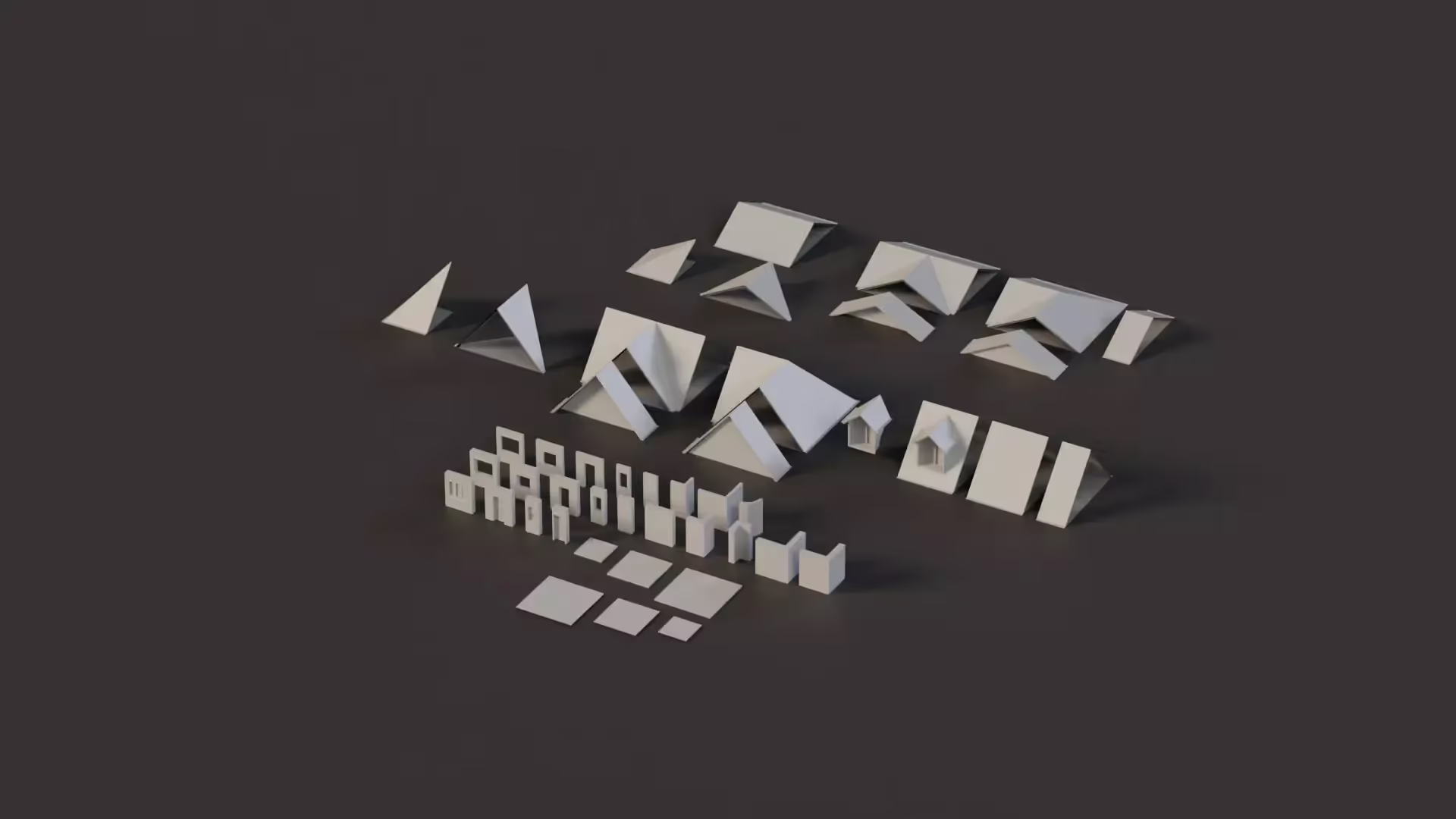How to Design a Great Game Character
Capturing players’ attention is one of the main challenges indie game developers face in the big world of game development. To stand out in the crowded gaming landscape, you need to create memorable and engaging main characters.
If you’re working with limited resources to bringing your dream game to life, following our comprehensive guide below can help you ensure that your characters are unique and captivating.
Start with a Strong Foundation: The Character Profile
A solid foundation is where it starts. One way to do this is by making use of character profile which helps consolidate important details. You can choose from twelve different character archetypes like the Innocent, Hero or the Explorer, to give your character some sense of direction.
Link from The Legend of Zelda is a great example for a selfless hero archetype. This character archetype helped to shape his personality, appearance, skills and mission.
Build a Compelling Backstory
Just like real people, game characters are influenced by their past, goals, hopes and dreams. Crafting a compelling character backstory for your game characters can help you create more believable and relatable personas.
While not all details of a character’s backstory can be included in the game, it’s still important to incorporate relevant elements to give your character a sense of depth and complexity.
A well-crafted backstory can also provide valuable insights for you to help create more convincing and emotionally resonant characters on screen.
Brainstorm Unique Attributes
Try to come up with unconventional details that add uniqueness and depth to your character, such as stand out clothing, distinct facial features, weird height, or an interesting home environment. It’s crucial to keep in mind how these attributes align with the character’s backstory and the overall game concept. Don’t be afraid to go outside the norm and be original.
Create Moodboards and References
To give your character a strong visual identity, consider creating mood boards that explore different aspects of their appearance. You can find plenty of visual inspirations on platform like Dribble, Pinterest or simply Google Images.
Time to channel your inner creative director; sketches, reference imagery and character moodboards can help to solidify your character’s appearance and bring them to life on screen.
Define Gameplay and Motion
When designing a character for a video game, it’s important to think about their movements, attacks, and defensive abilities. You should consider factors like weight, speed, and style to ensure that they look and feel consistent with their physical appearance.
Additionally, if your character has any special powers or abilities, think about how they interact with other in-game characters. To effectively share your vision with the team, consider using animated GIFs, videos, or audio references to showcase the intended motion and style.
Keep it Organized
Compile all gathered information into logical topics to create an inspiring and concise character profile. Organization is crucial in presenting the character effectively to your team. Stay open to feedback and be willing to make adjustments, it takes two (or a team of 10) to tango.
Diversify Your Cast
Create a complementary cast that enhances and contrasts the traits of your main character. Avoid relying too heavily on a single character to carry the entire game. Developing a diverse character ensemble creates a richer and more immersive gaming experience.
Conclusion
To sum up, the creation of unforgettable characters is key to a successful indie game. By taking inspiration from popular titles such as The Legend of Zelda, Uncharted and the Pokémon series, you can design characters that leave a lasting impression on players’ minds.
In order to craft game characters that stand out in the competitive gaming industry, it’s essential to prioritize collaborative efforts, diversity, and the development of character traits, backstories, and appearances.
As you develop your game’s characters, remember that a well-designed character will not only enhances the gaming experience but also has the potential to become iconic.

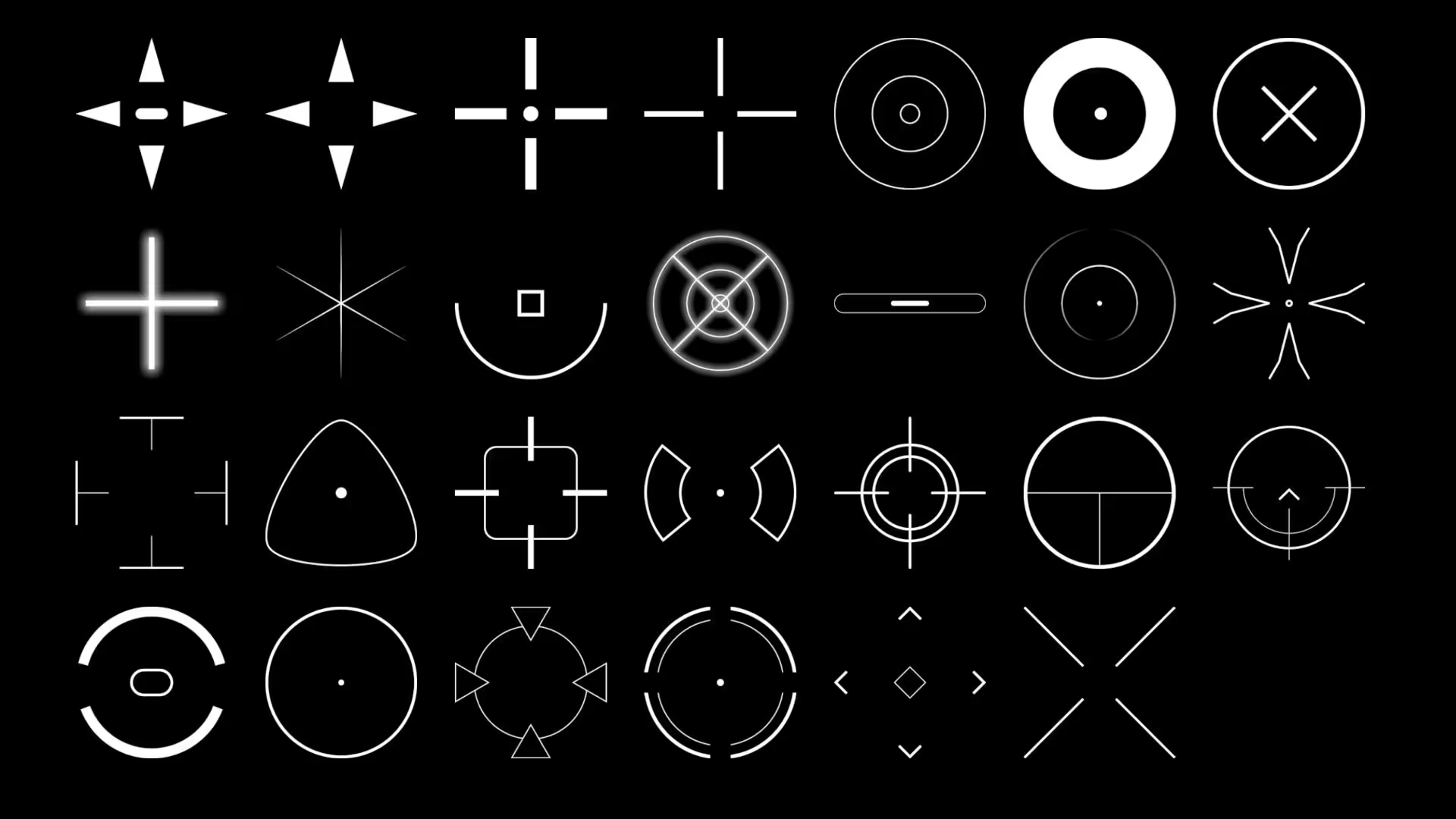


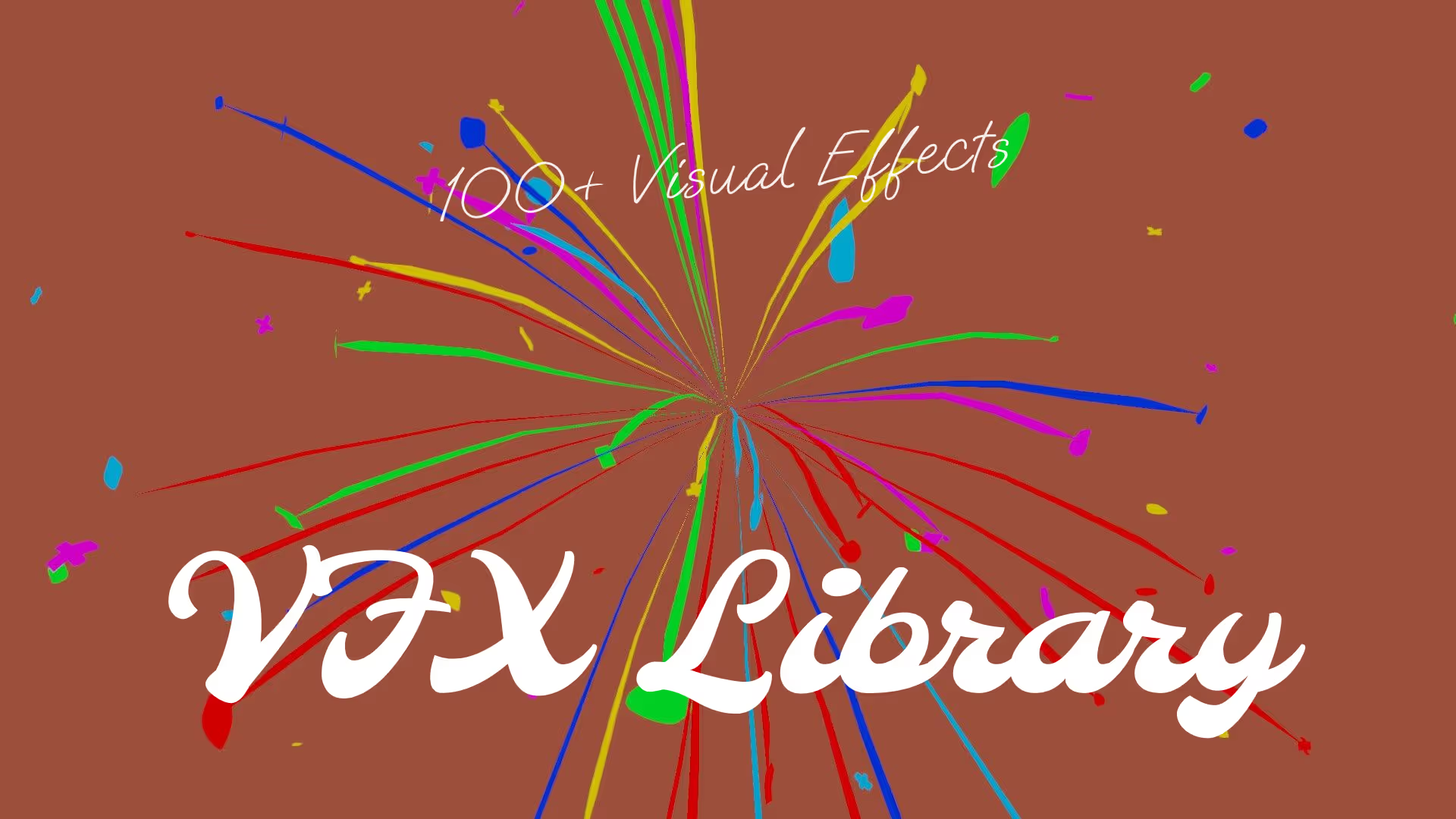




.avif)

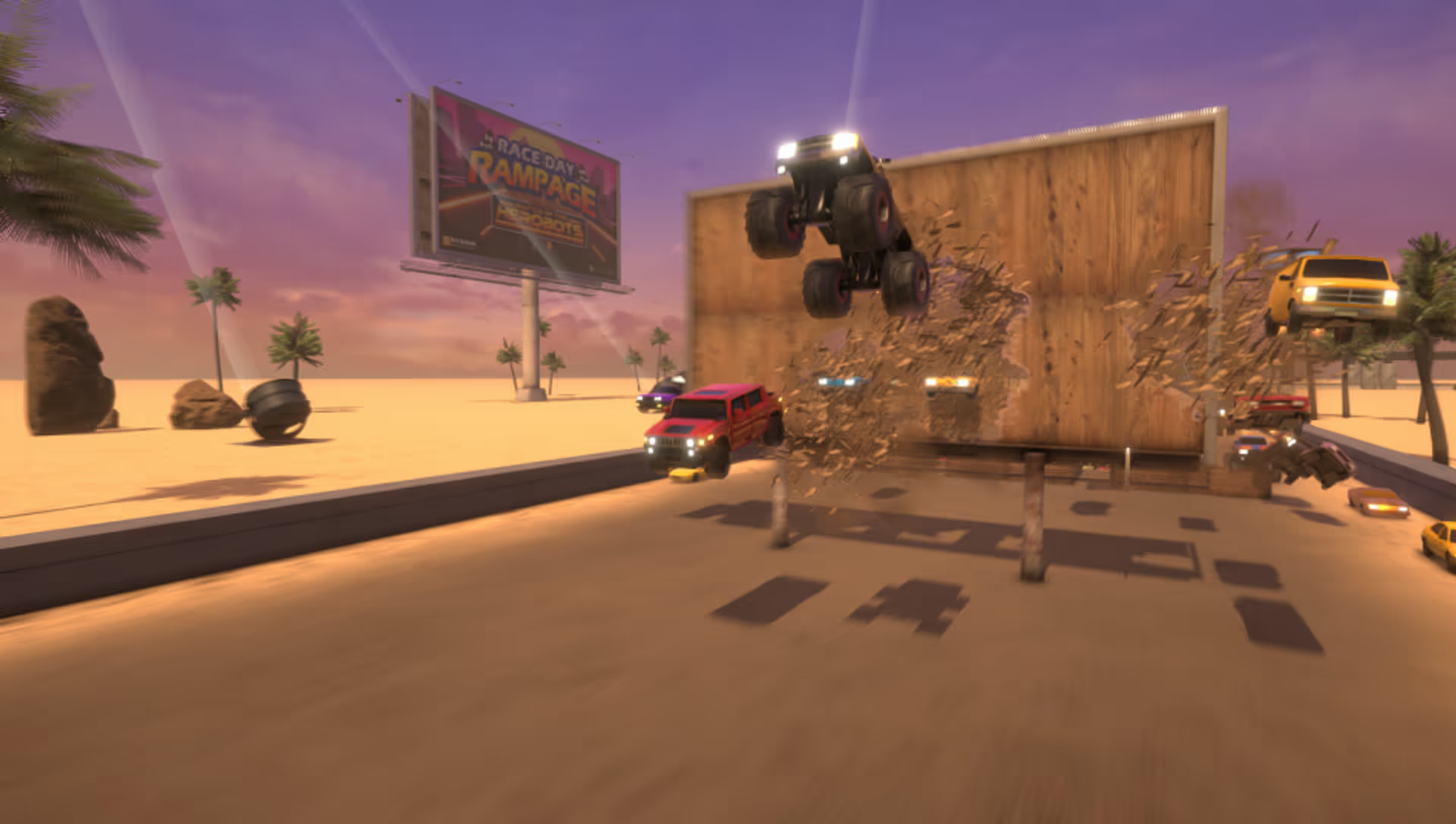

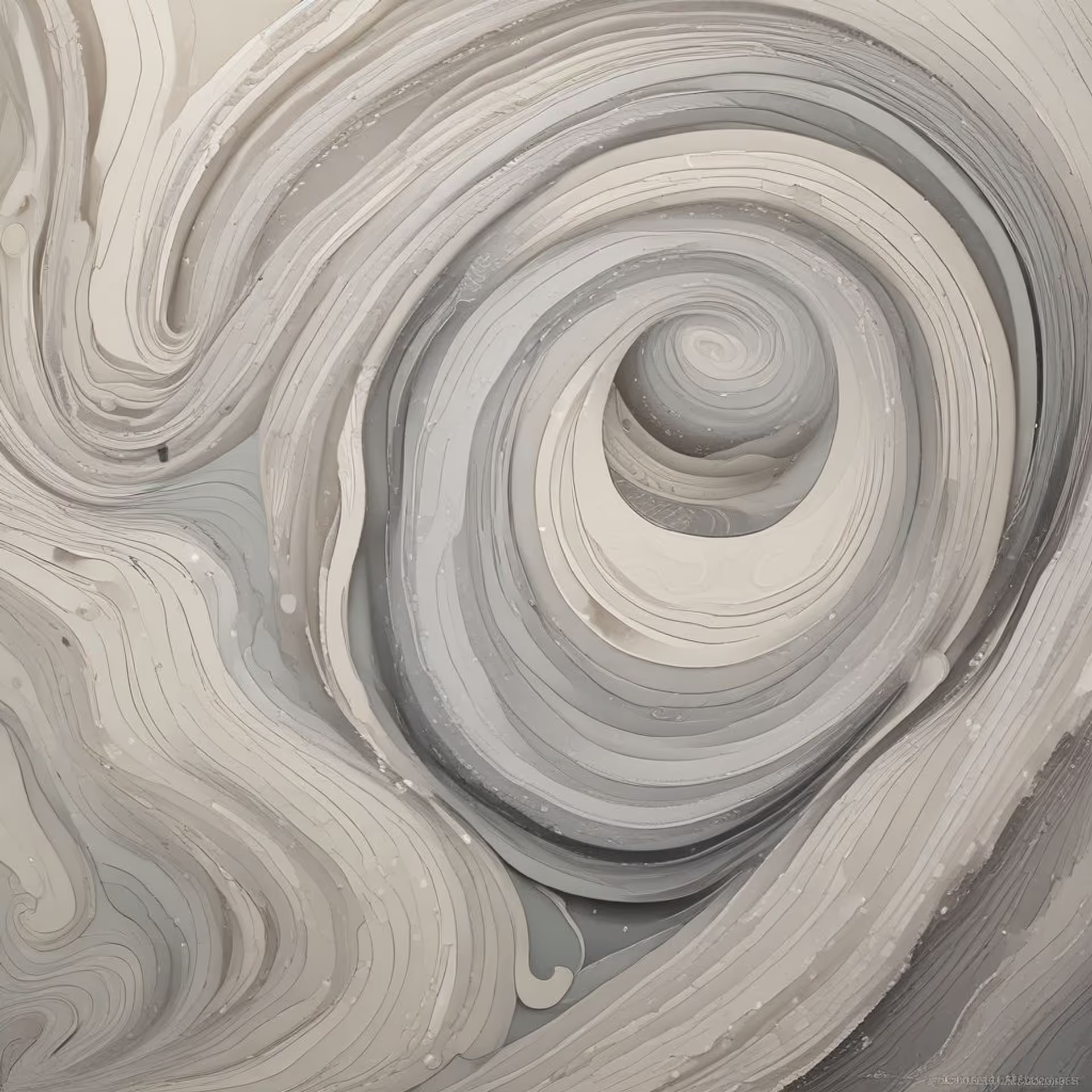
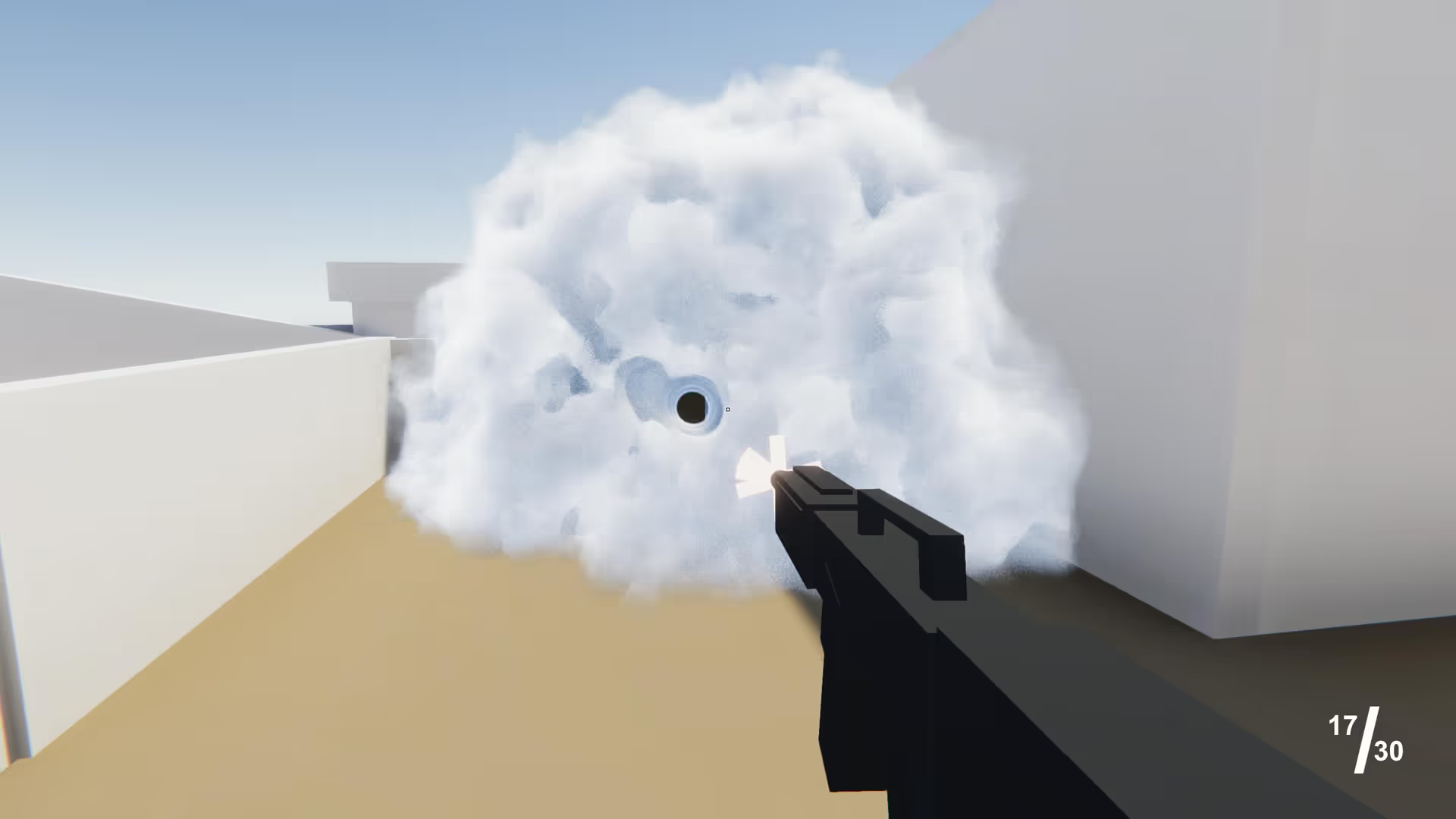

.avif)
